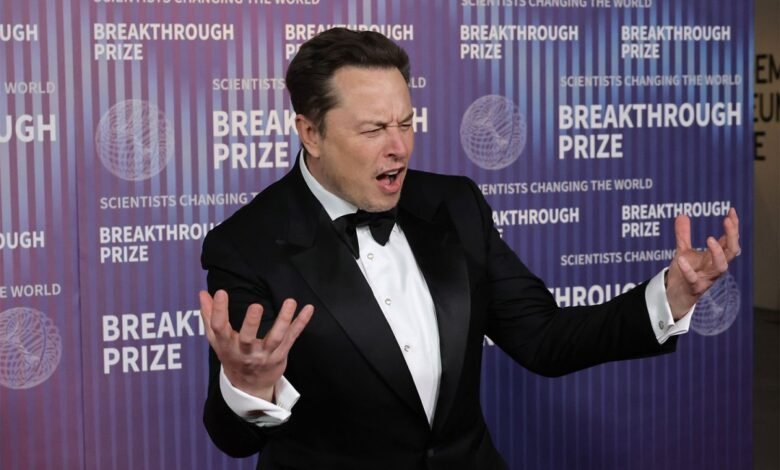Tesla Shareholders Back Musk’s $1 Trillion Pay Deal

▼ Summary
– Tesla shareholders overwhelmingly approved a compensation package for CEO Elon Musk that could be worth up to $1 trillion in company shares.
– The package consists of 12 tranches tied to operational, profit, and market capitalization goals, requiring Tesla to reach milestones like an $8.5 trillion valuation in a decade.
– Tesla’s board and executives campaigned aggressively for the package, with Chairwoman Robyn Denholm emphasizing the company is at an inflection point.
– Musk supported the package to gain more voting control, stating he wants 25% ownership to prevent being pushed out and maintain control over Tesla’s projects.
– The new package was proposed after a 2018 compensation plan worth $56 billion was struck down by a Delaware court, which Tesla is appealing.
Tesla shareholders have given a resounding endorsement to a new compensation arrangement for CEO Elon Musk, a package potentially valued at up to $1 trillion in Tesla shares over the long term. The approval signals strong investor confidence in Musk’s leadership as the company navigates its next phase of growth.
More than three-quarters of participating shareholders voted in favor of the plan, matching the level of support seen for Musk’s earlier compensation proposals. When the results were announced at Tesla’s Austin facility, attendees erupted into chants of the CEO’s name. Standing beside a group of moving Optimus robots, Musk described the moment as the start of “not merely a new chapter of the future of Tesla, but a whole new book.”
It’s important to understand that Musk will not immediately receive a trillion dollars, nor does the plan include a traditional salary. Instead, the CEO stands to earn hundreds of billions in stock awards, and increase his influence over Tesla, by hitting a series of ambitious operational and financial milestones. While some targets represent a significant challenge, others appear to be softened restatements of objectives Musk has discussed for years.
The compensation structure includes twelve separate tranches, each tied to specific goals involving market capitalization, adjusted profit, and operational achievements. For Musk to receive the full potential value, Tesla’s market value must climb from its current level to $8.5 trillion within ten years.
Securing shareholder approval required an intense, two-month campaign by Tesla’s board and senior leadership. The company issued repeated public calls for a “yes” vote, while typically reserved board chair Robyn Denholm gave multiple media interviews, even straining her voice ahead of the annual meeting. In an unusual move, Tesla aired television advertisements focused solely on the pay package, a level of promotion not even used for its vehicles.
Denholm emphasized the company’s position at a critical juncture, stating, “Tesla is at an inflection point, I think I’ve said that 3,000 times over the last few weeks, and this last year has been a critical one in our history.”
Musk framed the package as essential for granting him greater voting control, which he argues is necessary to secure his long-term leadership. He currently holds about 15% of Tesla and has repeatedly suggested he might depart if his stake doesn’t grow closer to 25%. According to Musk, that level of ownership would protect him from being ousted and ensure he retains command of what he calls Tesla’s expanding “robot army.”
In promoting the proposal, Tesla pointed to its recently published “Master Plan 4” as a roadmap for Musk’s future direction. However, the document was widely criticized for its lack of concrete details, a point Musk himself conceded. He promised to add specifics shortly after its release, but no substantive updates have appeared in the months since.
This new pay package follows the voiding of Musk’s 2018 compensation plan by a Delaware court, which ruled the company failed to adequately disclose negotiation details to shareholders. Tesla has appealed that ruling. Earlier this year, the board awarded Musk $29 billion in shares to offset the earlier plan’s cancellation, though that grant could be rescinded if the company succeeds in its appeal.
(Source: TechCrunch)





